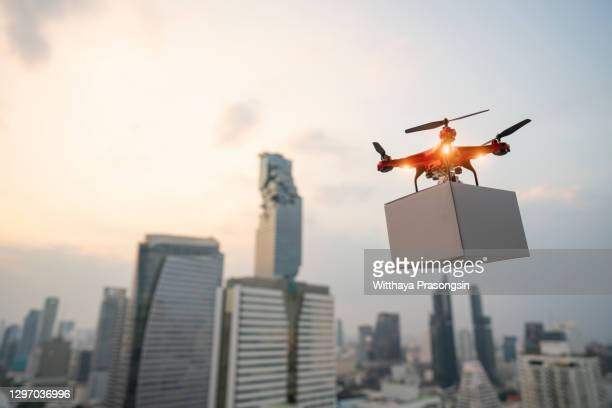
AI and job automation have revolutionized the workforce, with machines replacing humans in many repetitive or dangerous tasks. While this can lead to increased efficiency and cost savings for businesses, it also poses significant challenges for workers whose jobs are at risk of becoming obsolete. It is important for individuals and society as a whole to adapt to these changes and ensure that people are equipped with the skills necessary to thrive in the new economy.

Mixed reality is a blend of virtual and augmented reality that offers users an interactive and immersive experience that feels like a seamless integration of the digital and physical world. By combining real-world and virtual elements, mixed reality has a wide range of applications, from gaming and entertainment to education and training, design and architecture, and even healthcare.

Augmented Reality (AR) is a technology that allows for a digital overlay of the real world, creating an immersive and interactive experience for users. With AR, users can see computer-generated objects and information superimposed onto the real world, enhancing their perception of the environment around them. AR has a wide range of applications in industries such as gaming and entertainment, education and training, healthcare, advertising, and manufacturing. AR technology has the potential to enhance user experiences, improve visualization, increase productivity, reduce costs, and create new revenue opportunities. With continued advancements in hardware, AI integration, and user interfaces, the future of AR is exciting, with the potential to revolutionize the way we live and work.



